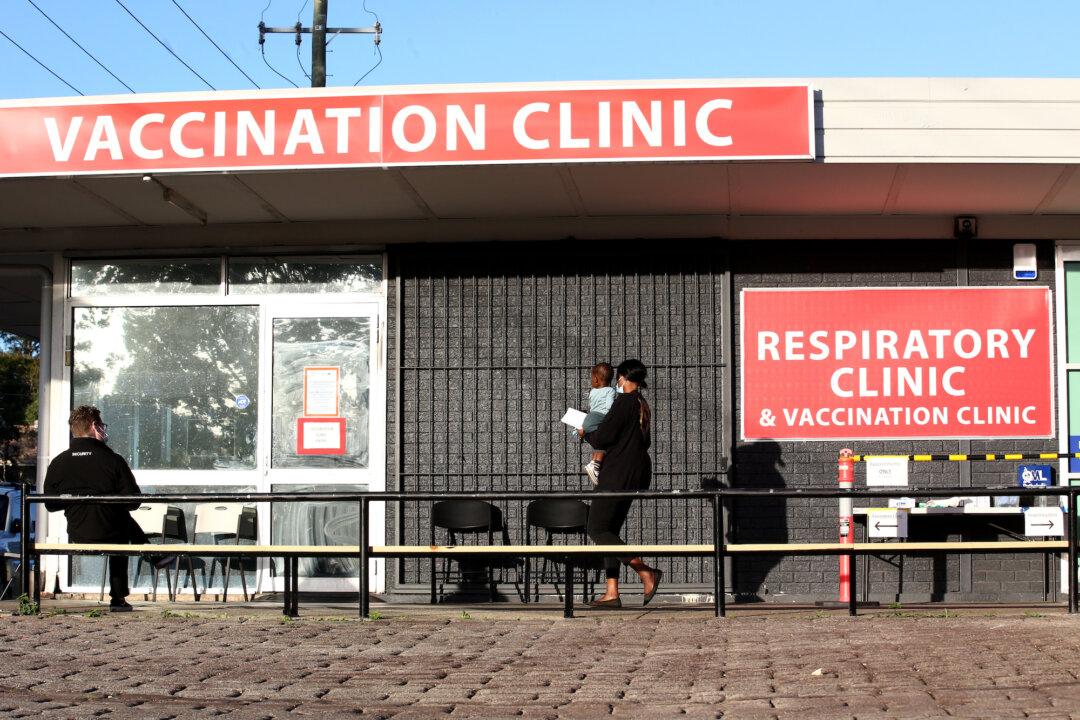Commentary
The other day, I received multiple excitable alerts from many sources telling me about a “bombshell” judgment from the Queensland Supreme Court.

The other day, I received multiple excitable alerts from many sources telling me about a “bombshell” judgment from the Queensland Supreme Court.